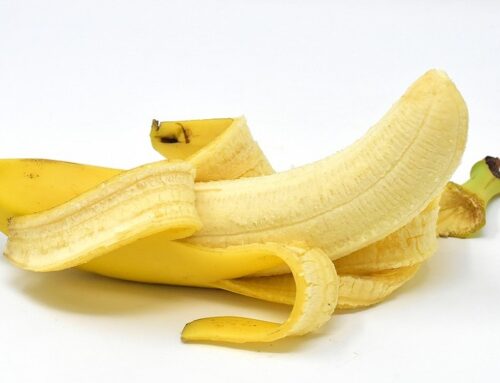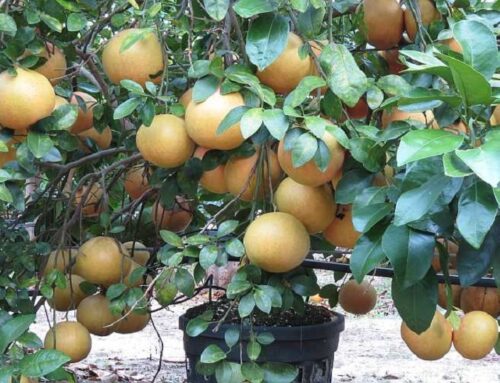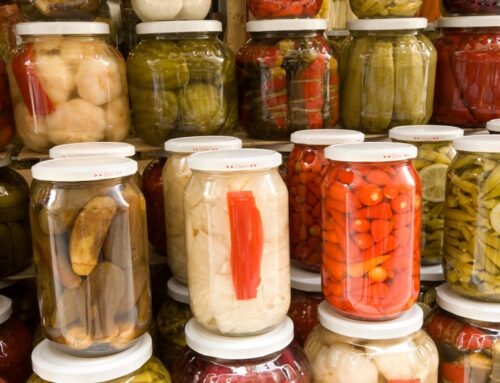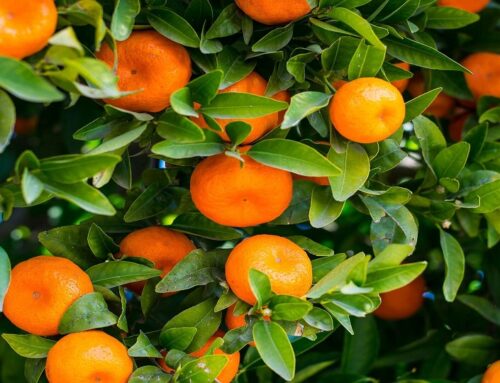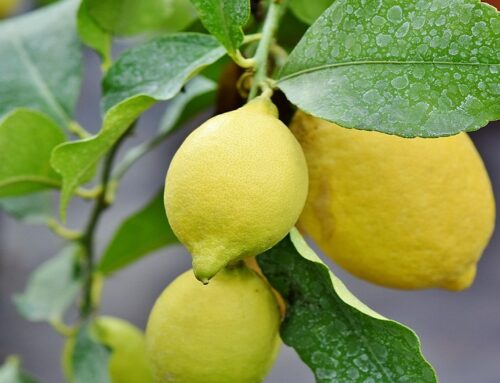Lime is a highly acidic, hybrid citrus fruit. It is round or circular shaped and green in colour. There are different types of limes grown all around the world. Here we focus on green limes or key limes. Scientific name of key lime is Citrus aurantifolia. Like all other citrus fruits, it belongs to the family Rutaceae and is a native of South-East Asian region.
Plant Description: Limes are evergreen, sun-loving plants of subtropical regions. They can be grown all year-round. They are grown for their highly acidic, aromatic fruits which are used for flavouring foods and making soft drinks. Limes are a rich source of citric acid, pectin and lime oil.
Varieties: Three types of limes are cultivated widely across the globe; these are,
- Kaffir lime (Citrus hystrix)
- Key lime (Citrus aurantifolia)
- Persian lime (Citrus latifolia): It is a hybrid between key lime and lemon
Food Uses of Limes: Lime slices and juice are used as a food garnish and as a food flavouring agent. Lime juice extracted from lime fruits are rich source of Vitamin C. Lime juice is used for making lemonade, cocktails and soft drinks. Lime juice is used in various bakery and confectionery products. Lime juice is used for tenderizing meat and other non-vegetarian foods such as sea foods. Limes are used in various pickle preparations such as sour lime pickles, sweet lime pickles and mix-vegetable pickles. Lime is also used for making lime rice and lime chutney.
Commercial Uses of Limes: Lime is a rich source of lime oil; lime oil is extensively used in various perfumes, cosmetic preparations and aromatherapy. Limes can be used for cleaning purposes also; lime juice is a good stain-remover. Limes are rich in antioxidants and one of the best beauty and anti-ageing foods. Limes are extensively used in beauty industry also; lime is a good face bleaching agent which removes skin blemishes, spots and skin tans.
Growing Limes: It is easy to grow lime plants. A detailed account of growing practices for limes is as follows:
Climate: Lime trees thrive well between 15.5 and 29 °C. They are sun-loving plants and require considerable amounts (10-12 hours daily) of sunlight. They need plenty of water also for their growth; however high humidity should be avoided as it may invite plant diseases. For fruit development, there should be a temperature variation between summer and winter and, between day and night. They are sensitive to frost and hence frost-protection is mandatory.
Soil: Lime trees can be successfully grown in well-drained, fertile, light or medium loam soils. They thrive well in well-drained alluvial, medium black and loamy soils also. Soil pH should be between 5 and 8 (moderately acidic to slightly alkaline soils).
Propagation: Seed propagation may be done for a small crop. For a commercial crop, grafting and budding may be used. In grafting, a rootstock is grown from seed and then bud from a scion variety is grafted into the one-year old seedling rootstocks. While choosing a rootstock, make sure that it is compatible with the variety/scion inserted into them. Otherwise the graft will not survive for a long period. Grafted trees mature uniformly and bear fruits earlier than seedling trees. Grafted trees begin to bear after 3-4 years of growth while a seedling tree begins to fruit after 5-6 years only.
Field Preparation: Field is tilled, and organic matter/humus is added to the top soil; alternatively green manuring may be done to increase soil fertility. Lime trees are susceptible to heavy winds and hence wind protection should be provided in the fields. Pits of size 50x50x50cm are prepared well in advance and left for weathering.
Planting: One year old grafted plants are planted in well-manured pits at the onset of rains. Plant to plant distance may be kept at 4-5 meters while distance between two rows may be kept at 9-10 meters. A light watering is done soon after planting.
Irrigation: Irrigation @10-15 days interval during winter is mandatory as in case of other citrus plants. Weekly irrigation is recommended during summers. Water requirement of young (1-4 years old) plant is about 5 to 15 liters/day. Water requirement of a mature plant (9 years and more) may be 60 to 170 liters/day. Irrigation should be planned according to the plant requirement and prevailing climatic conditions.
Aftercare: Pruning is not required for mature plants but slight pruning may be done for young plants to keep them in shape. Mulching may be practiced to suppress weed growth and to conserve soil moisture. Growth regulators may be sprayed to avoid pre-harvest fruit drop.
Insect Pest Management: A detailed account of insect-pest management in lime plants is given below:
- Bark borer (Inderbela tetraonis): These caterpillars make holes in the branches; they can be effectively controlled by injecting kerosene in the holes and plugging the holes thereafter.
- Citrus Psylla (Diaphorina citri): These insects can be controlled by the use of its natural enemies, ladybird beetles.
- Citrus leaf miners(Phyllocnisitis citrella): These larvae feeds on tender plants; these insects can be controlled by destroying the affected plant parts and also by the application of organic, pyrethrum based insecticides.
- Citrus whiteflies, citrus butterflies, and citrus aphids: All these insects attack on young leaves and tender shoots by feeding on them; they can be effectively controlled by the application of organic, pyrethrum based insecticides.
- Citrus fruit flies: These insects attack young and ripening fruits and can be controlled by the destruction of affected fruits as well as by the use of fly traps.
- Other major insects are scale insects, thrips and mealy bugs; they can be effectively controlled by the application of organic, pyrethrum based insecticides.
Disease Management: A detailed account of disease management in lime plants is given below:
- Gummosis is caused by the fungus Phytophthora spp.; it affects tree bark which develops cracks and dried cankers; bark of the affected trees can be pasted with Bordeaux Mixture in order to control this disease.
- Citrus greening disease is caused by the bacterium Liberobacter asiaticum; major symptoms are streaks on the leaves, and deformed fruits; this disease can be controlled by the use of disease-free planting materials.
- Greasy spot is a fungal disease caused by the Mycosphaerella citri; major symptoms are premature defoliation; Bordeaux mixture may be used as a control measure.
Harvesting: Limes are non-climacteric fruits and hence only mature, ripe fruits should be harvested. Ripeness can be determined by the changes in fruit skin colour. When harvesting time approaches, fruit skin changes in colour and beginning to turn yellow and fruit is filled with juice; fruit becomes softer also. Freshly harvested ripe green fruits may immediately be used for fresh food purposes or may be stored in cold storage for weeks and months for further uses.
We have a book on ‘Citrus Fruits‘….
Check out our publishing services here…
We publish top quality videos on various ‘Food & Agriculture’ topics. You may subscribe our video channel here…


